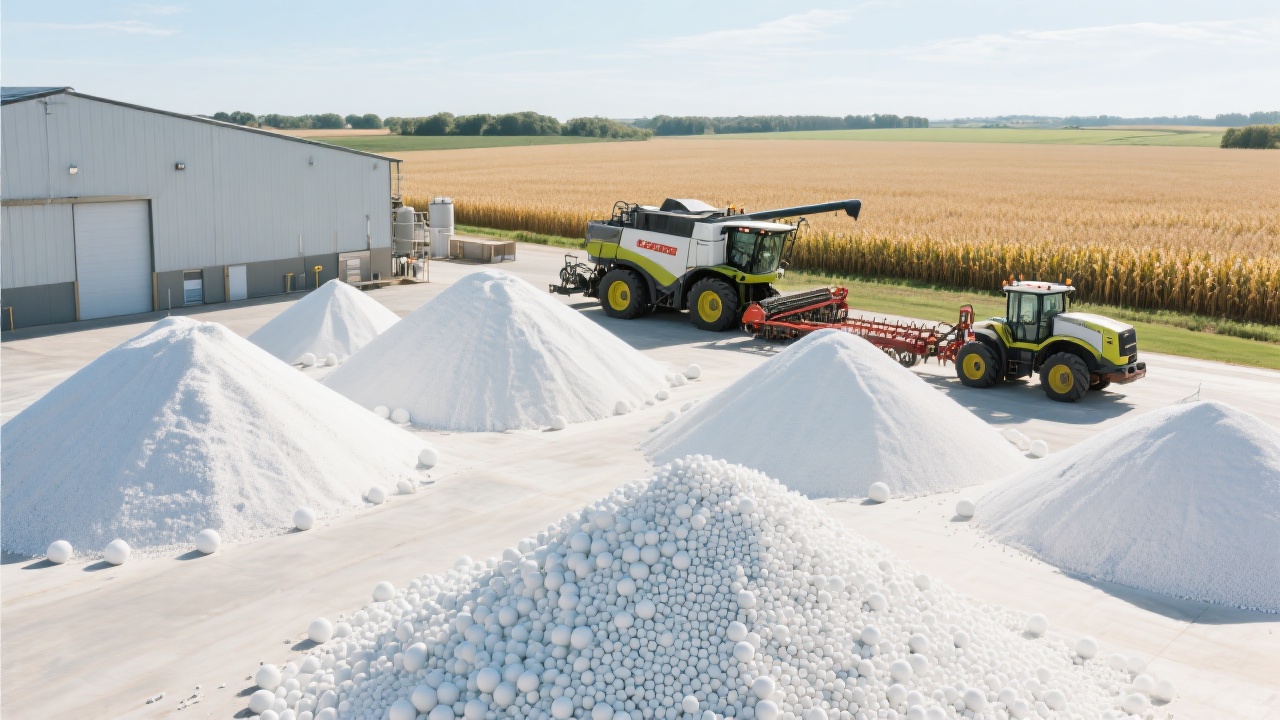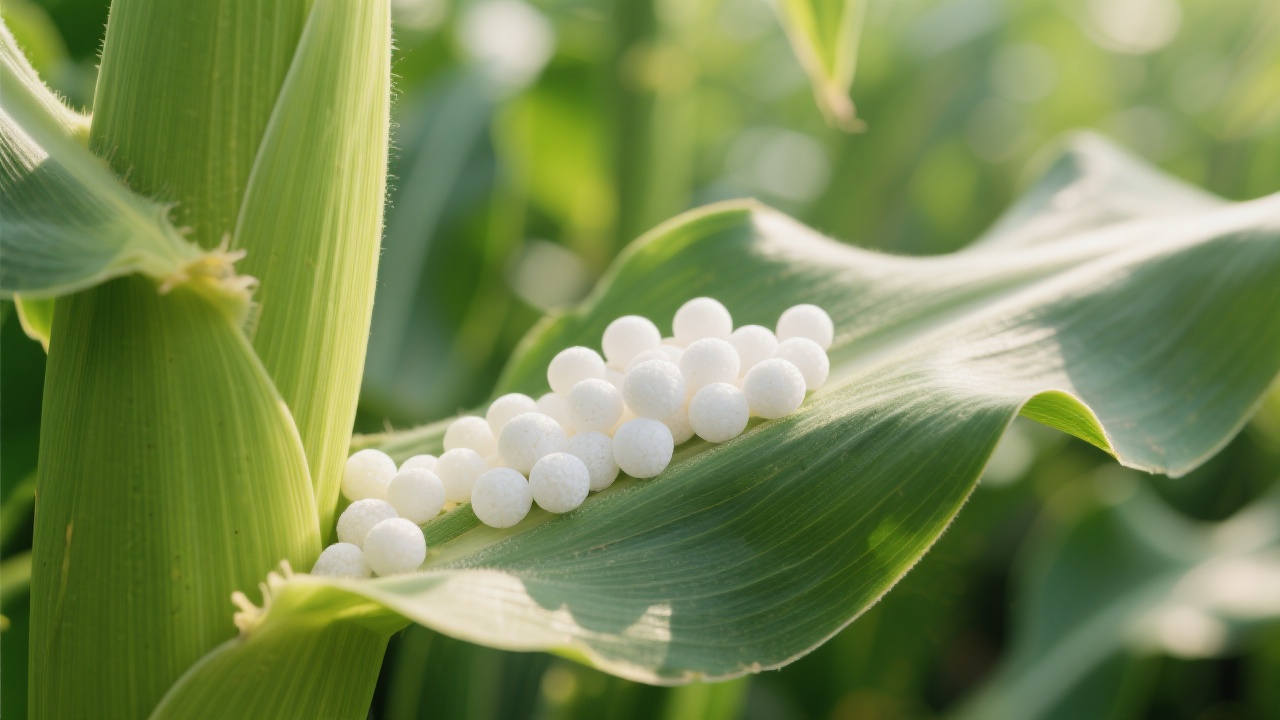
In Brazil’s rapidly expanding agricultural sector—where over 57 million hectares are dedicated to crop production—there is a clear and growing demand for high-efficiency fertilizers that boost yields while minimizing environmental impact. According to the Brazilian Ministry of Agriculture (MAPA), fertilizer consumption increased by 6.4% annually from 2018 to 2023, with phosphorus-based solutions like DAP (Diammonium Phosphate) leading the charge.
DAP offers a unique combination of nutrient density and application flexibility:
| Feature | Benefit |
|---|---|
| High Nutrient Content (18-46-0) | Delivers 46% P₂O₅ and 18% N per kg—ideal for early root development and sustained growth. |
| Balanced N:P Ratio | Optimizes uptake efficiency, especially in acidic soils common across Brazil’s Cerrado region. |
| Low Moisture Content (<1%) | Reduces clumping and enhances storage stability—critical for tropical climates. |
These technical advantages translate directly into real-world outcomes. A case study from Mato Grosso state showed a 12–15% yield increase in soybeans when farmers switched from urea-only applications to DAP-based starter programs. Similarly, Vietnamese rice growers reported up to 20% higher grain quality using DAP as part of precision nutrition plans—a model now being replicated in Brazil’s irrigated fields.

The Brazilian market for premium-grade DAP is projected to grow at 7.2% CAGR through 2028, driven by government incentives for sustainable intensification and rising adoption among large-scale agribusinesses. In fact, 63% of surveyed farmers in Paraná and Rio Grande do Sul indicate they would prefer certified “low-loss” DAP products if available locally—highlighting both awareness and readiness for change.
Global success stories reinforce this trajectory: South Korea’s national agriculture extension service saw a 25% reduction in nitrogen runoff after promoting DAP use in paddy systems, while Vietnam’s Ministry of Agriculture implemented mandatory DAP blending guidelines for all commercial farms in 2022.

For suppliers aiming to capture this opportunity, visibility matters. A strong digital presence via an optimized website—not just product listings but educational content—is key. For example, one exporter boosted lead conversion by 38% within six months by publishing detailed technical guides on DAP formulation, soil compatibility charts, and regional usage maps tailored to Brazilian farming zones.
Ultimately, the path forward lies in collaboration—between agronomists, local distributors, and international producers—to ensure DAP isn’t just sold, but understood and trusted as a cornerstone of efficient, climate-resilient agriculture.